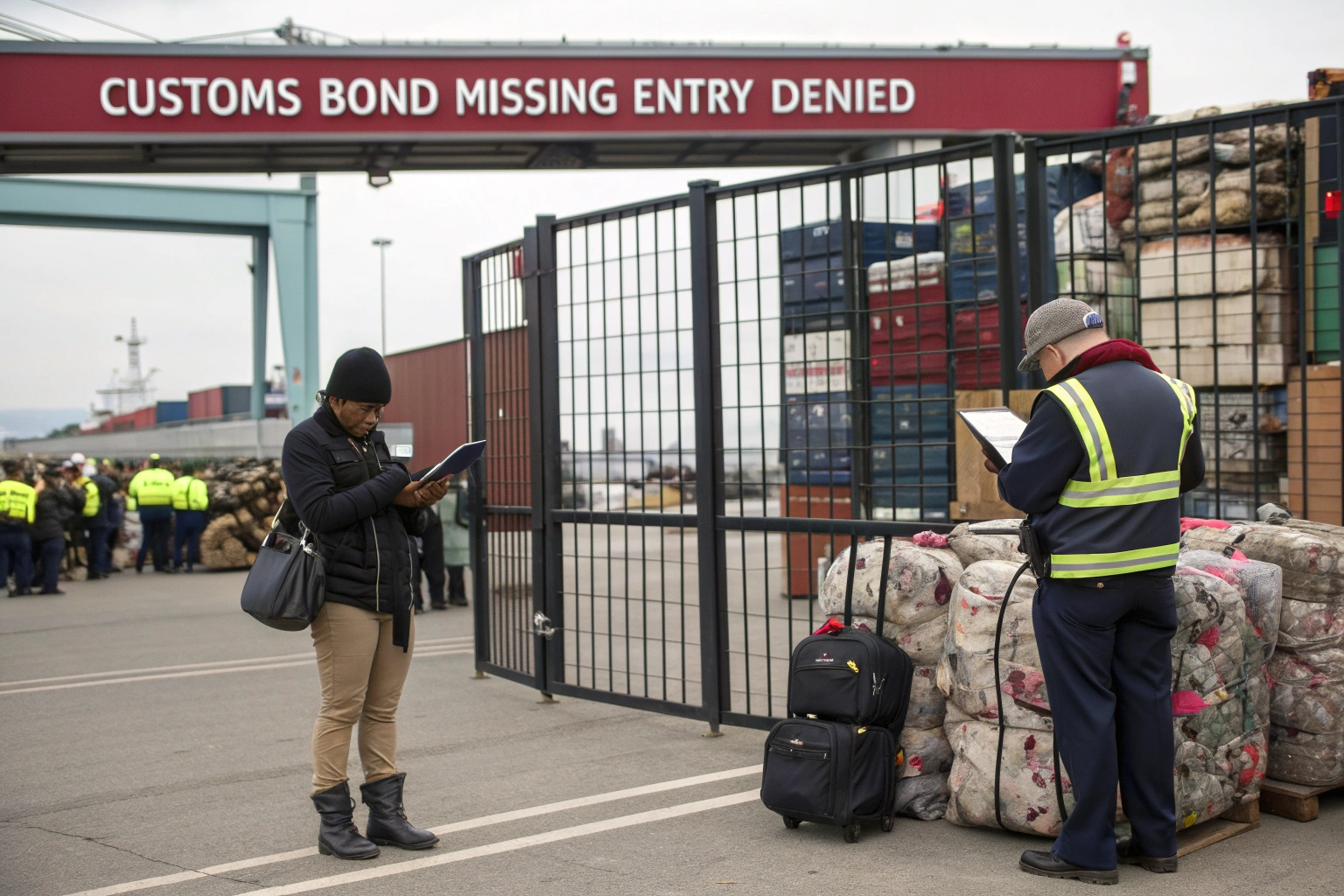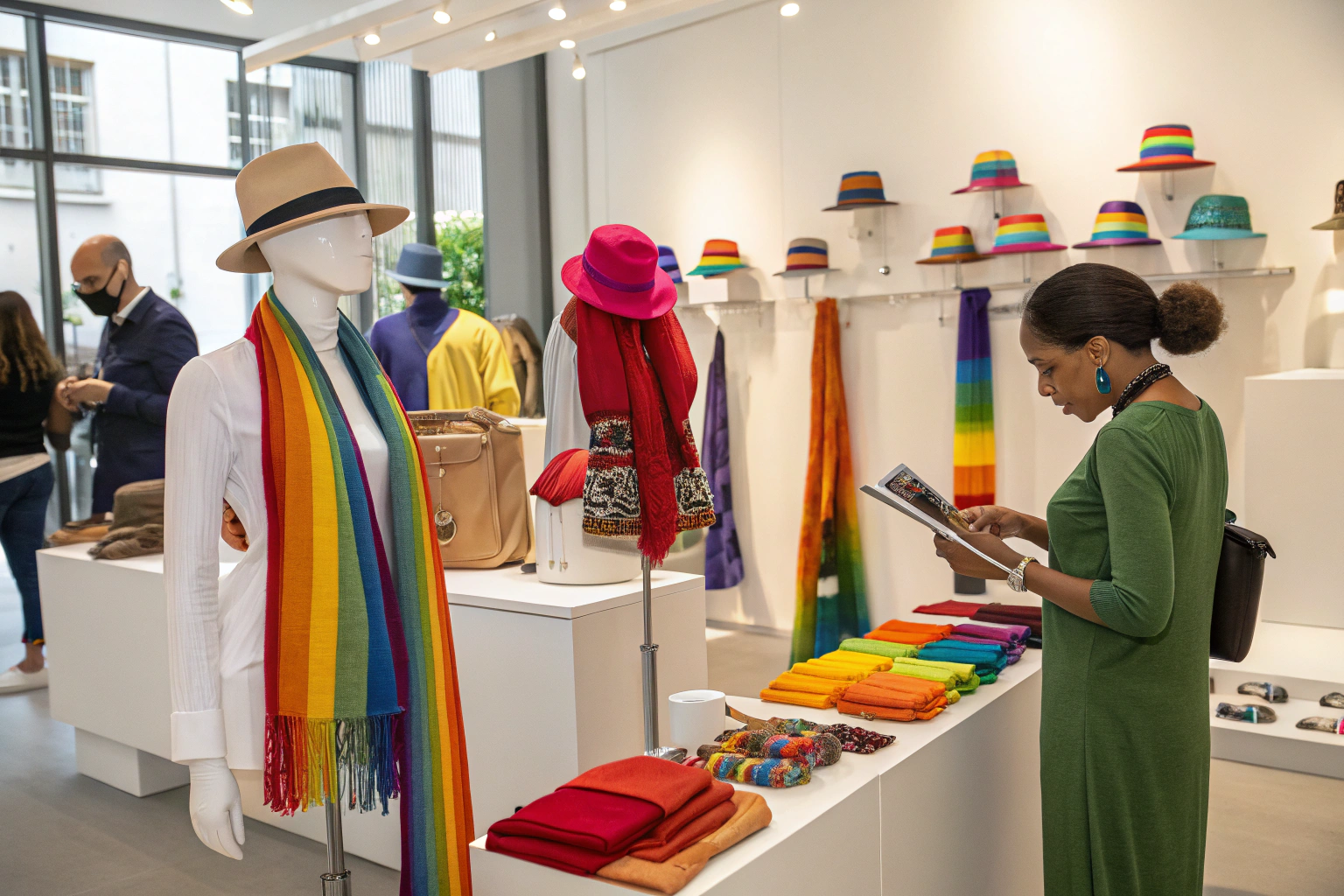Importing accessories into the U.S. sounds straightforward—until your goods get held due to a missing or invalid customs bond. Many new importers find this out the hard way.
All U.S. imports valued over $2,500, or subject to government regulations, require a valid customs bond. Recent updates emphasize compliance for accessory shipments that contain mixed materials or regulated components like wood or leather.
At AceAccessory, we guide our global clients—including brands and retailers—through customs bonds and compliance every week. Let's explore what’s changed and what you should prepare for now.
Do I need a U.S. customs bond?
If you’re importing anything beyond personal goods, chances are—you do.
Yes, if you’re importing merchandise valued over $2,500 or subject to CBP regulations (like wood, leather, or textile accessories), you need a customs bond to enter the U.S. legally.
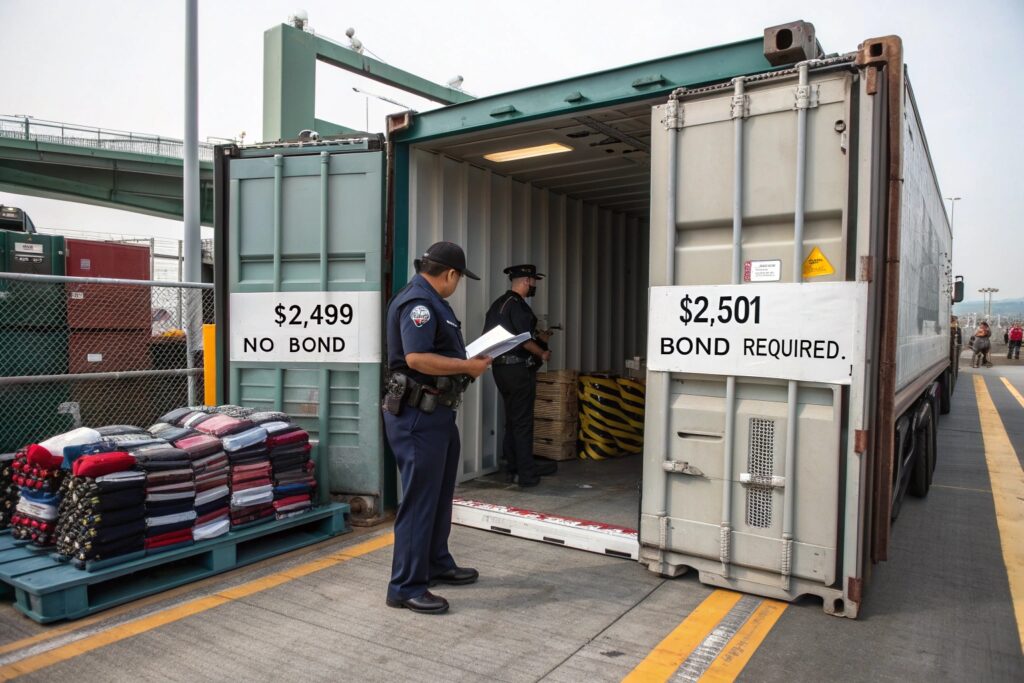
Why is this required?
U.S. Customs and Border Protection (CBP) requires a customs bond to ensure that duties, taxes, and penalties can be collected—even if the importer defaults.
If you're importing from China to the U.S., and especially if you're moving goods regularly, this bond is mandatory.
Key facts about customs bonds:
| Requirement | Applies To |
|---|---|
| Goods value > $2,500 | All commercial accessory imports |
| FDA/APHIS oversight | Leather, wood, hair items, children’s products |
| Anti-dumping duties | Certain metals or fabrics, depending on HTS code |
| Ongoing shipments | Continuous bond recommended |
| One-off shipments | Single Entry Bond sufficient |
What’s new in 2024–2025?
Recent CBP notices have placed more scrutiny on wooden accessories, items involving animal-origin materials, and textile labeling compliance. That means accessory importers need to be even more careful when classifying goods and submitting documents for bonded shipments.
How much does a $50,000 customs bond cost?
Importers often ask us about bond costs when planning their first U.S. shipment. The truth? It depends.
A $50,000 continuous customs bond typically costs between $275 and $600 annually, depending on the freight volume, import history, and the surety provider’s underwriting standards.
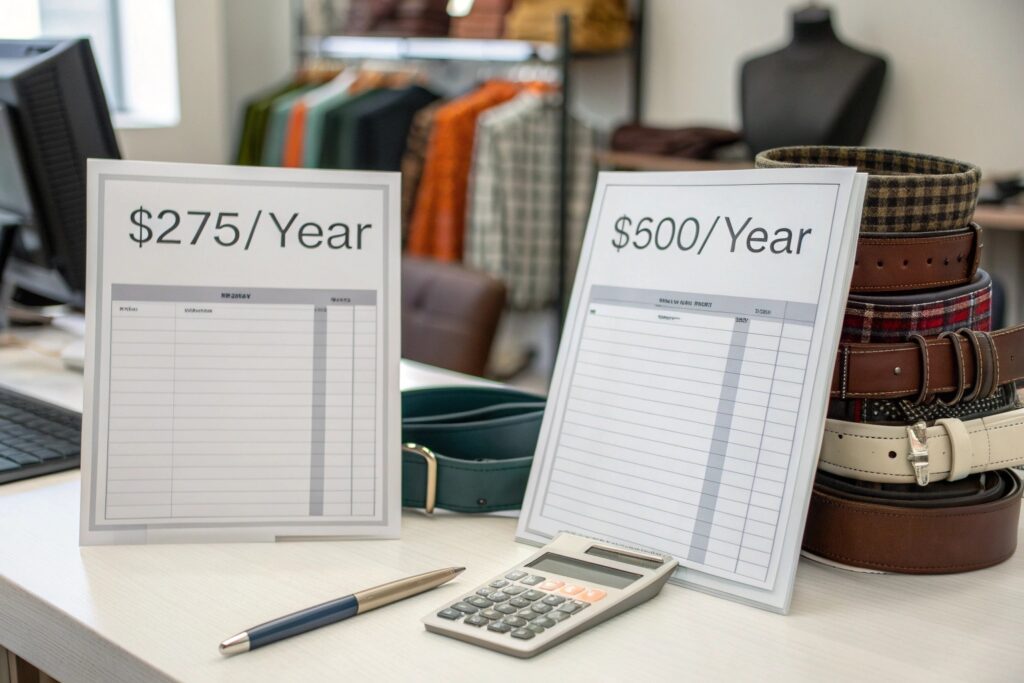
Why $50,000?
That’s the standard minimum bond value for continuous bonds, used by importers with regular shipments. If you’re importing frequently—like monthly apparel or accessory batches—this is the go-to option.
Breakdown of bond costs:
| Bond Type | Value | Estimated Annual Cost | Notes |
|---|---|---|---|
| Single Entry Bond | Varies | $50–$120 per shipment | Best for one-off or test orders |
| Continuous Bond | $50,000 | $275–$600/year | Covers all U.S. ports, 1 year validity |
| High-Value Bond | $100,000+ | Based on credit, risk | Needed for high-risk commodities |
Factors that affect your bond premium:
- Number of shipments per year
- Compliance history (late fees, penalties)
- Whether you’re using ISF filings (for ocean freight)
- Goods category (e.g., wood and leather = more scrutiny)
If you’re importing wood-frame hair clips or PU leather belts, a $50,000 bond is your safety net. At AceAccessory, we recommend our clients secure continuous bonds early in their U.S. expansion process.
What is the entry bond for customs?
Think of the entry bond as your goods’ passport into the United States.
An entry bond is a financial guarantee that the importer will pay all required duties and comply with U.S. laws. It must be filed with each customs entry unless you use a continuous bond.
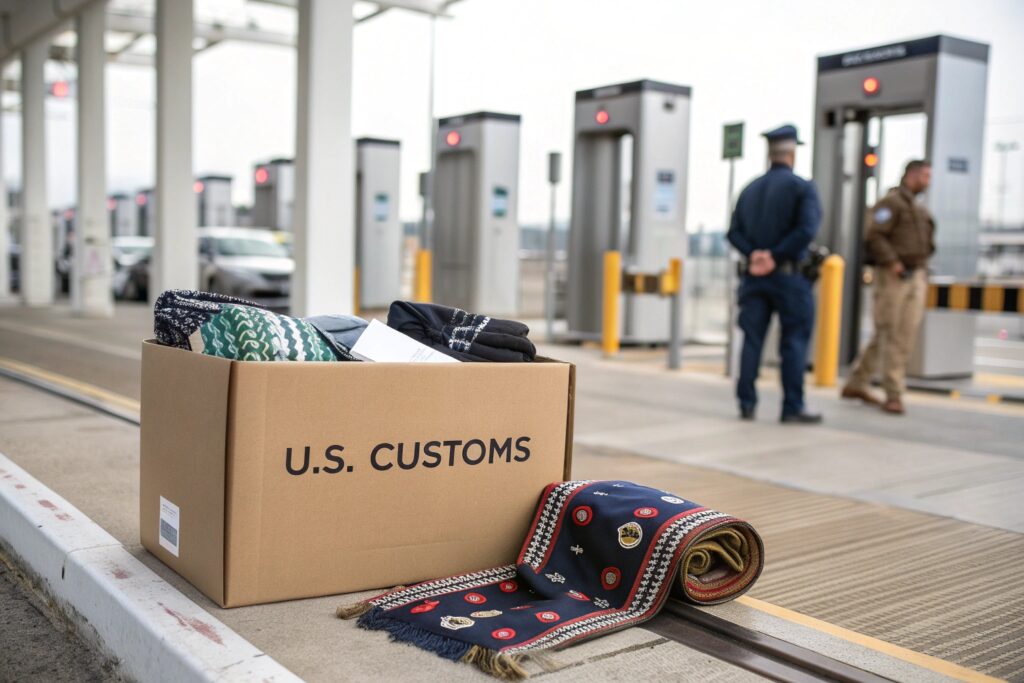
Single vs. Continuous Entry Bonds
| Entry Type | Bond Type | Who Should Use |
|---|---|---|
| One-time import | Single Entry Bond | First-time importers or testers |
| Regular imports | Continuous Bond | Brands, e-commerce, OEM importers |
What the bond covers:
- Duties and taxes (standard customs + additional tariffs)
- Compliance penalties
- Late document fines
- ISF penalties (for ocean freight)
If your accessories involve multiple materials, like bamboo + elastic + plastic, or if they’re branded (with logos), customs will want full transparency. The entry bond protects them while your goods enter the country.
Updates for accessory importers
U.S. customs now frequently audits:
- Misclassified HTS codes on accessory imports
- Overuse of “miscellaneous accessory” category
- Undeclared wood or animal-origin parts
This is why a clean, correct entry bond + import declaration has become non-negotiable.
What is the continuous bond amount for customs?
Importers scaling up ask: when do I need to upgrade my bond amount?
The continuous bond amount for customs starts at $50,000 and scales up depending on your total duties, taxes, and fees paid over a 12-month period.
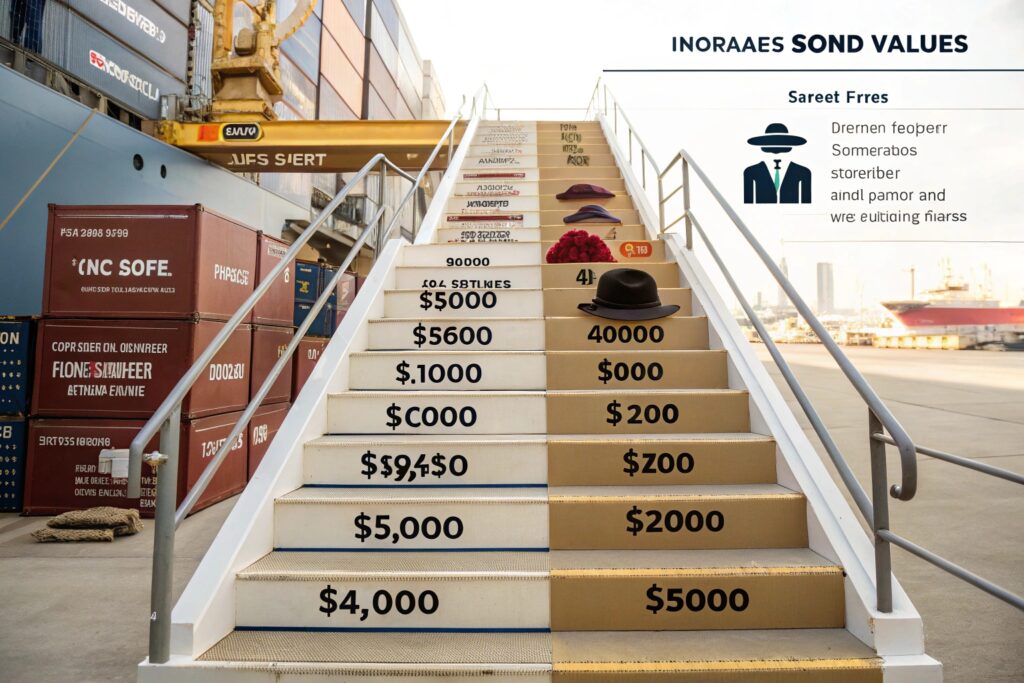
When does CBP ask you to increase your bond?
CBP monitors your annual import value. If your duty/tax amount goes above $50,000, you’ll receive a bond insufficiency notice requiring a higher bond—often $100,000 or $200,000.
How to estimate needed bond value:
Formula:
Annual Duties, Taxes & Fees × 10 = Required Bond Amount
Example:
| Import Volume | Est. Duties | Needed Bond |
|---|---|---|
| $500,000/year | $25,000 | $50,000 |
| $1.2M/year | $60,000 | $100,000 |
| $3.5M/year | $200,000 | $200,000+ |
This is especially important for clients importing seasonal batches of high-value accessories like holiday scarves, limited-edition gift sets, or real-leather belts.
At AceAccessory, we help clients calculate bond thresholds during the quotation stage, avoiding sudden stops at customs or CBP warnings.
Conclusion
Getting customs bonds right isn’t just red tape—it’s your gateway to a smooth, delay-free accessory business in the U.S. At AceAccessory, we make sure every box is checked, every bond is valid, and your goods arrive on time.

